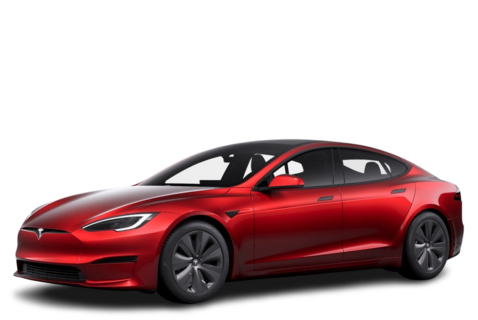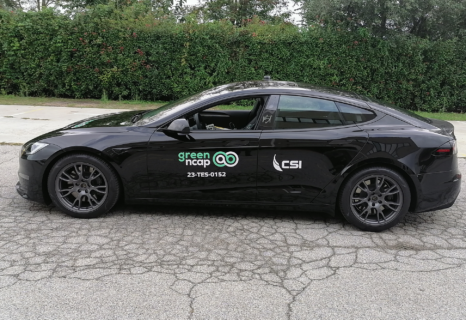Tesla Model S Dual Motor electric AWD automatic
2023
97%
10.0
10
Clean Air Index
9.4
10
Energy Efficiency Index
9.7
10
Greenhouse Gas Index
| Laboratory Tests | NMHC | NOX | NH3 | CO | PN | |
|---|---|---|---|---|---|---|
| 10.010 | Cold Test | |||||
| 10.010 | Warm Test | |||||
| 10.010 | Highway | |||||
| 10.010 | Cold Ambient Test | |||||
| Road Test | ||||||
| 10.010 | On-Road Drive | |||||
| 5.05 | On-Road Short Trip | |||||
| 8.08 | On-Road Heavy Load | |||||
| 5.05 | On-Road Light Load | |||||
| 2.02 | Congestion | |||||
| Laboratory Tests | Energy | |||
|---|---|---|---|---|
| 10.010 | Cold Test | 18.7kWh100 km | ||
| 10.010 | Warm Test | 19.0kWh100 km | ||
| 9.410 | Highway | 24.5kWh100 km | ||
| 8.510 | Cold Ambient Test | 30.8kWh100 km | ||
| Consumption | Driving Range | |||
| Average | 20.7kWh100 km | 554km | ||
| Worst-Case | 30.8kWh100 km | 367km | ||
| Greenhouse Gases | CO2 | N2O | CH4 | |
|---|---|---|---|---|
| 10.010 | Cold Test | |||
| 10.010 | Warm Test | |||
| 9.910 | Highway | |||
| 8.910 | Cold Ambient Test |
Specifications
- Tested Car 5YJSA7E57PF52XXXX
- Publication Date 11 2023
- Vehicle Class Executive Car
- Emissions Class Euro 6 AX
- Tyres 255/45 285/40R19
- Mass 2,095 kg
- System Power/Torque 504 kW/842 Nm
- Declared Battery Capacity 100.0 kWh
- Declared Driving Range Overall 634 km City 760 km
- Declared Consumption 17.5 kWh/100 km
- Heating Concept Waste heat + Heat pump







































































































































Our verdict
The Tesla Model S is able to impress not only for its cutting-edge technology features, but also for its attention to energy efficiency, performance and driving range. The version tested here is the AWD Dual Motor version, with 100 kWh of battery capacity and impressive power and torque output (504 kW, 842 Nm). Regardless of its size and mass, the Model S sets an example for the segment of pure electric luxury cars by displaying high and consistent driving range (up to 630 km in the real-world On-Road Drive), smart heat management and high efficiency, supported by 89% grid-to-battery-output efficiency (determined by 11 kW charging method). In light of all that, the vehicle is able to easily collect all 5 Green stars and reach an average score of 97%, just 1% less than the Model 3 tested last year.